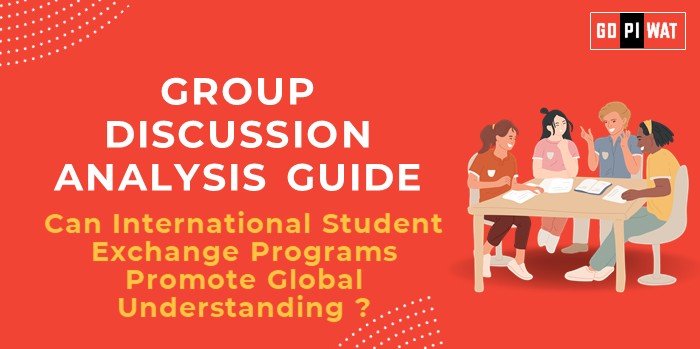🌍 Can International Student Exchange Programs Promote Global Understanding?
🌟 Introduction to the Topic
International student exchange programs serve as a bridge for cultural and intellectual exchange, fostering global understanding. In today’s interconnected world, such initiatives can address cultural biases, promote inclusivity, and nurture global leaders.
Originating in the mid-20th century, student exchange programs aimed to repair global relationships post-WWII. With globalization and increased international collaboration, these programs have expanded, facilitating opportunities for students to study abroad and engage in cultural immersion.
📊 Quick Facts and Key Statistics
🌍 Top Host Countries: USA, UK, Canada, Australia—accounting for 40% of all international students.
💰 Economic Impact: The US generated $40 billion in 2022 from international students, underscoring the economic significance.
🏫 Cultural Diversity Index: Increased by 25% in institutions with active exchange programs.
👥 Stakeholders and Their Roles
- 🏫 Universities: Provide academic resources, cultural integration programs, and financial support.
- 🏛️ Governments: Facilitate visas, scholarships, and policies promoting international collaboration.
- 🎓 Students: Act as cultural ambassadors, building connections across borders.
- 🌐 NGOs and Organizations: Organizations like UNESCO and AIESEC promote exchange programs and inter-cultural dialogue.
🎯 Achievements and Challenges
✨ Achievements:
- 🌍 Enhanced Cultural Understanding: Research shows exchange students develop a 30% higher cultural empathy score post-program.
- 📈 Skill Development: Students gain leadership, adaptability, and cross-cultural communication skills.
- 🤝 Global Partnerships: Strengthened collaborations between universities across continents.
- 💰 Economic Contributions: A significant source of revenue for host nations.
⚠️ Challenges:
- 💸 Affordability Issues: High costs limit accessibility for students from low-income backgrounds.
- 🗣️ Cultural Adjustments: Language barriers and cultural shock can affect participation.
- 📉 Unequal Representation: Majority of programs are centered around developed nations, limiting access to students from marginalized regions.
🌍 Global Comparisons:
🇪🇺 Erasmus (EU): A model for inclusivity, supporting over 4 million students since 1987.
🇺🇸 USA’s Fulbright Program: Known for fostering diplomatic and academic ties globally.
💡 Case Studies:
- 🇮🇳 India-Japan Exchange (JENESYS): Promoting mutual understanding through culture and technology exchanges.
🗣️ Structured Arguments for Discussion
- ✔️ Supporting Stance: “Student exchange programs bridge cultural divides, empowering students with skills to tackle global challenges collaboratively.”
- ❌ Opposing Stance: “High costs and accessibility issues restrict these programs to a privileged few, limiting their true potential.”
- ⚖️ Balanced Perspective: “While exchange programs foster understanding, addressing affordability and inclusivity can enhance their global impact.”
💡 Effective Discussion Approaches
🚀 Opening Approaches:
- 📊 Statistical Impact: Start with the growing global exchange numbers to highlight relevance.
- 🌏 Contrast: Discuss the disparity between developed and developing nations in accessing programs.
- 💡 Case Study: Use Erasmus as a benchmark for successful global collaborations.
🛡️ Counter-Argument Handling:
- 💸 Highlight barriers like cost and exclusivity but propose solutions such as partnerships or increased scholarships.
🔍 Strategic Analysis of Strengths and Weaknesses
- ✔️ Strengths: Promotes cultural awareness, builds global skills, strengthens international relations.
- ❌ Weaknesses: Costly, limited accessibility, cultural barriers.
- 🌟 Opportunities: Leveraging technology for virtual exchanges, enhancing scholarships.
- ⚡ Threats: Geopolitical tensions, declining funding.
🎓 Connecting with B-School Applications
📈 Real-World Applications: Opportunities in international business, cross-border marketing strategies, or global HR roles.
🤔 Sample Interview Questions:
- How can international exchanges influence global business dynamics?
- What role do student exchanges play in cultural diplomacy?
✨ Insights for Students:
- Consider exchange learnings in business negotiations, teamwork, and global leadership roles.


